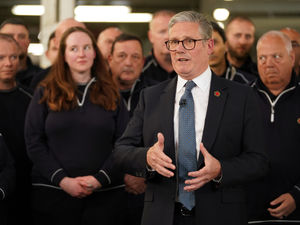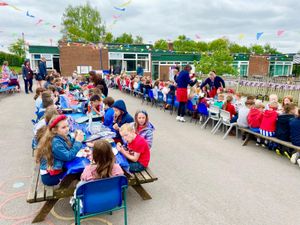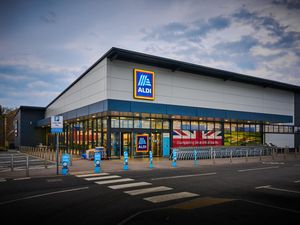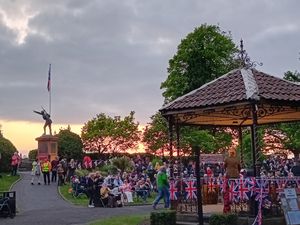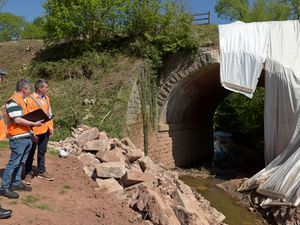Drakelow Tunnels set for a new lease of life
[gallery] It was used a make parts during World War Two and would have been a regional seat of government in the event of catastrophic nuclear attack during the Cold War.
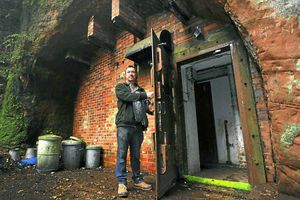
And now the network of tunnels close to the Shropshire border could become the region's latest tourist attraction.
Drakelow Tunnels, near Bridgnorth, is a 285,000sq ft network of tunnels which is still full of reminders of the military past, from electrical vehicles used to move components to kitchen equipment once used by staff.
Plans are now in place to transform the tunnels, between Kinver and Wolverley, into a museum honouring the site's past.
The scheme has yet to be approved by planners.
But today, before any work is carried out, site caretaker Sid Robinson threw open the heavy metal door to the complex to give a glimpse of what is inside.
The first view is of a security booth which would once have been manned to ensure only authorised personnel could gain access to the complex.
Mr Robinson, 43, who has overseen the site since the early 1990s, said under the new plans the booth would be restored to its original appearance.
Another little-seen part of the complex is the sickbay where staff and occupants would have been treated. Basins can still be seen standing in the room.
Under the new museum plan a window will be fitted to the room and actors will perform an operation from the period on a screen.
This will show visitors the kind of medical treatment people using the tunnels could have expected. In the event of a nuclear war, doctors, surgeons and dentists would have operated from the room.
But one of the most chilling parts of the site is the BBC Room.
This is where, in the event of nuclear attack, radio messages would have been broadcast telling people what was happening.
A control desk from the period is still in place along with telephones from both the 1960s and early 1980s.
And other broadcast equipment from the period has also been donated for the museum scheme.
Mr Robinson said: "It is chilling to think someone would have sat here and reported what was going on if a nuclear war had taken place."
Large areas of the tunnels have been opened up into walkways. These would have originally been taken up by offices, but these structures have since collapsed and been cleared away.
When the tunnels were used as a factory during the Second World War about 600 people would have worked at the site.
And a kitchen from the 1940s, including vats and serving areas, is still in existence, although it is in need of restoration.
And nearby is a rusted electrical vehicle which would have been used to transport machine parts around the complex.
Mr Robinson said: "The interest in the site and its history has always been very high and the museum will allow people to learn more about the tunnels.
"Most of the feedback we have received has been positive and in an ideal world we would hope to have the museum up and running by late next year. However, the first thing will be to connect the tunnels to a permanent electrical supply and to remove the damp which has already caused some damage to the materials inside.
"Ideally we want this to be an additional tourist attraction adding to the Severn Valley Railway and Kinver Edge."
Mr Robinson said they would welcome help from anyone who could provide period equipment to serve as exhibits in the museum. Under the new plans for the site, submitted by owners Quercus Ilex SA, a visitor centre would also be built nearby.
Mr Robinson said: "There is a great deal of work to be done before the tunnels are ready and we are always on the look out for people who can donate equipment to us for exhibits."
Construction work began in June 1941 and was expected to take around a year to complete.
In the event full production did not start at the complex until May 1943. It cost more than £1 million to complete.
The tunnels stretch for about three miles. During the 1950s, the site was initially used by the Ministry of Supply for storage.
Mr Robinson said: "The aim of these plans are to retain the tunnels and highlight their historic importance to the area.
"This will be making use of their long and fascinating history."

